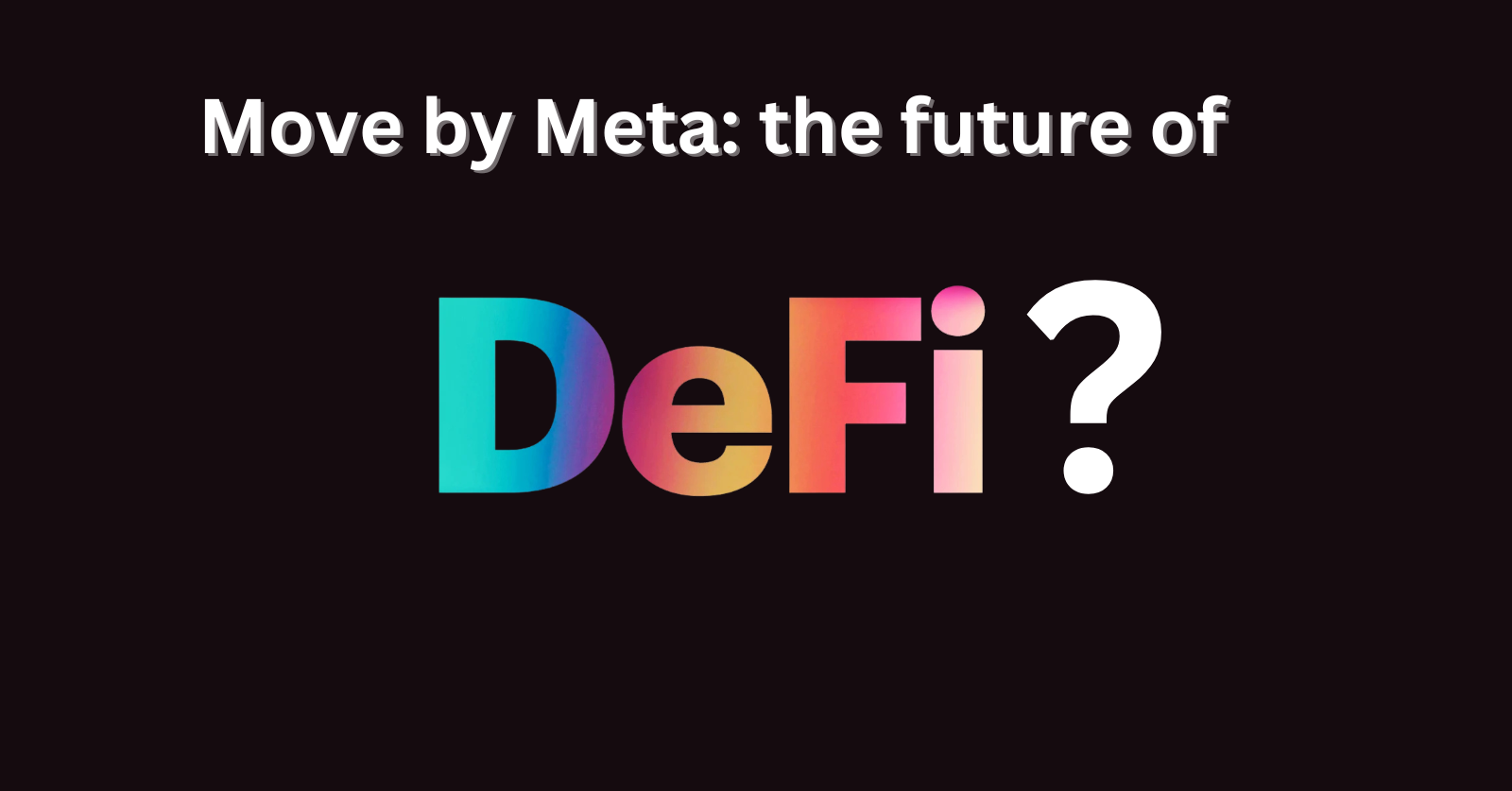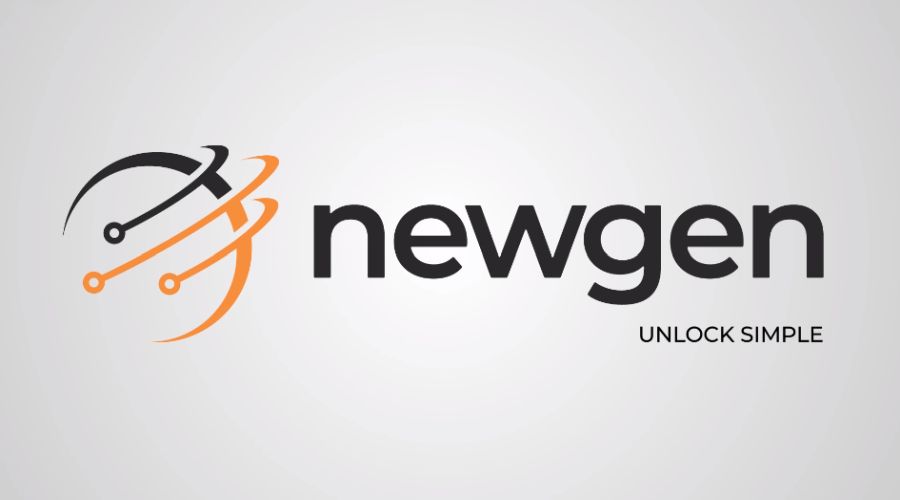It is not the first time facebook will come up with an idea that is aimed at changing the world. However, facebook just recently introduced a programming language called MOVE.
Created by Sam Blackshear, MOVE was created to specifically help improve blockchain application by verifying the absence of bugs, checking for modifications and leaks which is how hackers get access to blockchain platforms.
MOVE is able to bring about this upgrade to blockchain using to key feature:
- Backward compatibility: This means future proofing. Ability to withstand both current and future threats that can bring disruption to blockchain operations).
- The concept of auditor at runtime. The ability to verify the authenticity and integrity of Smart contracts in real-time before deployment.
The programming language was created after some failed projects by Facebook (now Meta) like Libra/Diem, which faced heavy criticisms by lawmakers in the United States.
This project is currently operating on Aptos, an organization that welcomes builders, as an open-source.
History of Move
Move was developed by Meta in 2018 to make it simpler to perform customized transactions and implement smart contracts on Diem (initially called Libra).
After Meta shelved project Diem in 2022, intellectual property associated with this programming language was sold to Silvergate Bank.
However, that doesn’t stop Move from evolving through initiatives led by former Meta engineers. Notably, blockchain companies like Aptos Labs and Sui Labs have crucially integrated Move into their Layer 1 blockchains respectively with an intention to boost scalability and composability in decentralized applications.
Projects like 0L and Starcoin also adopt this language and benefit from Move’s strength towards secure and efficient solutions on blockchain.
Widespread use shows significance of this language and integration growth already, to the ecosystem as a whole.
Use Cases of Move in Blockchain and DeFi
Move Programming Language has evolved from origins in Facebook’s Diem project to become a really powerful tool for secure, smooth and scalable blockchain applications.
Its feature of unique resource flow and bytecode verification has made this language really special for many uses of decentralized finance (DeFi), NFTs and smart contract development.
Move’s design prevents common vulnerabilities in smart contracts, such as re-entrancy attacks and resource duplication. This makes it ideal for DeFi applications that require secure execution of lending, borrowing, and trading protocols. Platforms like Aptos and Sui leverage Move for their smart contract ecosystems.
Similarly, Move is optimized for speed and scalability, enabling high-throughput blockchain operations. With Aptos supporting up to 160,000 TPS (theoretical limit) and sub-second finality, DeFi platforms using Move can offer fast and cost-effective transactions, making decentralized trading, automated market makers (AMMs), and lending protocols more efficient.
Additionally, Smart contracts built using Move have a distinct advantage over similar contracts built using Solidity. Move’s backward-compatible upgrades permits developers to eliminate bugs and add features without having to worry about breaking existing projects. This will guarantee enduring stability for DeFi applications, governance protocols, and even DAOs.
Why Move can be a Game Changer for DeFi Businesses
Move is a programming language designed to enrich functionality within applications based on blockchain. Its particular features make this language a promising game changer for the decentralized finance (DeFi) world:
- Resource-Oriented Programming: Move is designed to treat digital assets with limited resources, preventing duplication or potential or unintended loss. This ensures precise asset management is essential for financial applications.
- Strong Security: With an exceptionally strong type system and formal verification features, Move reduces risks for smart contracts and also adds to trust and reliability in decentralized finance platforms.
- Flexibility and Modularity: Move comes with a modular design that allows developers to reuse components easily. This makes development of sophisticated financial instruments smoother and has promoted significant innovation in DeFi ecosystems as well.
Final Thought
Move implemented a security-first design that is flexible and highly scalable, fundamentally changing how blockchain development and security is executed.
Everything from the resource-oriented programming model to formal verification and even backward compatibility makes it ideal for DeFi, NFTs, gaming, and enterprise blockchain applications.
The importance of high speed transactions coupled with seamless upgrades and secure smart contracts enable Move to set new standards for decentralized ecosystems. With growing adoption through Aptos and Sui platforms, Move is positioned to dominate the future of blockchain and DeFi.






